To W. E. Darwin 5 February [1881]1
My dear W.
I think that the Leeds Corporation or the Leicester Corporation wd be best, & next the Canada Bonds.—2 My objection to latter is chance of war with U. States.— I have lost so much money in London & St. K. Docks. that I loathe the investment,—not that I really object—3
I have been hunting the Rhododendron beds & can find no leaves drawn in, & I imagine reason is the worms do not like peat.—4 The leaves of the varieties observed today, do not become nearly so much narrowed or infolded at their basal ends by withering, as did the leaves collected yesterday, in which the process was well marked.—
The worms are drawing in my triangles of card nicely, but enough have not yet been drawn in for any conclusion. I think that I shall try feathers.—5
Leonard has just arrived, I am glad to say. He looks well, but seems very chilly & is easily tired: his figure has become quite graceful.—6
Goodbye—dear old fellow | your affect Father | C. Darwin
Best of love to Sara.—7
Down. Feb. 5th—
Footnotes
Bibliography
Earthworms: The formation of vegetable mould through the action of worms: with observations on their habits. By Charles Darwin. London: John Murray. 1881.
Kiernan, V. G. 1955. Foreign interests in the War of the Pacific. Hispanic American Historical Review 35: 14–36.
Summary
Discusses investments.
The action of worms when drawing leaves into their burrows.
Letter details
- Letter no.
- DCP-LETT-13037
- From
- Charles Robert Darwin
- To
- William Erasmus Darwin
- Sent from
- Down
- Source of text
- DAR 210.6: 175
- Physical description
- ALS 2pp & cov
Please cite as
Darwin Correspondence Project, “Letter no. 13037,” accessed on 26 September 2022, https://www.darwinproject.ac.uk/letter/?docId=letters/DCP-LETT-13037.xml


